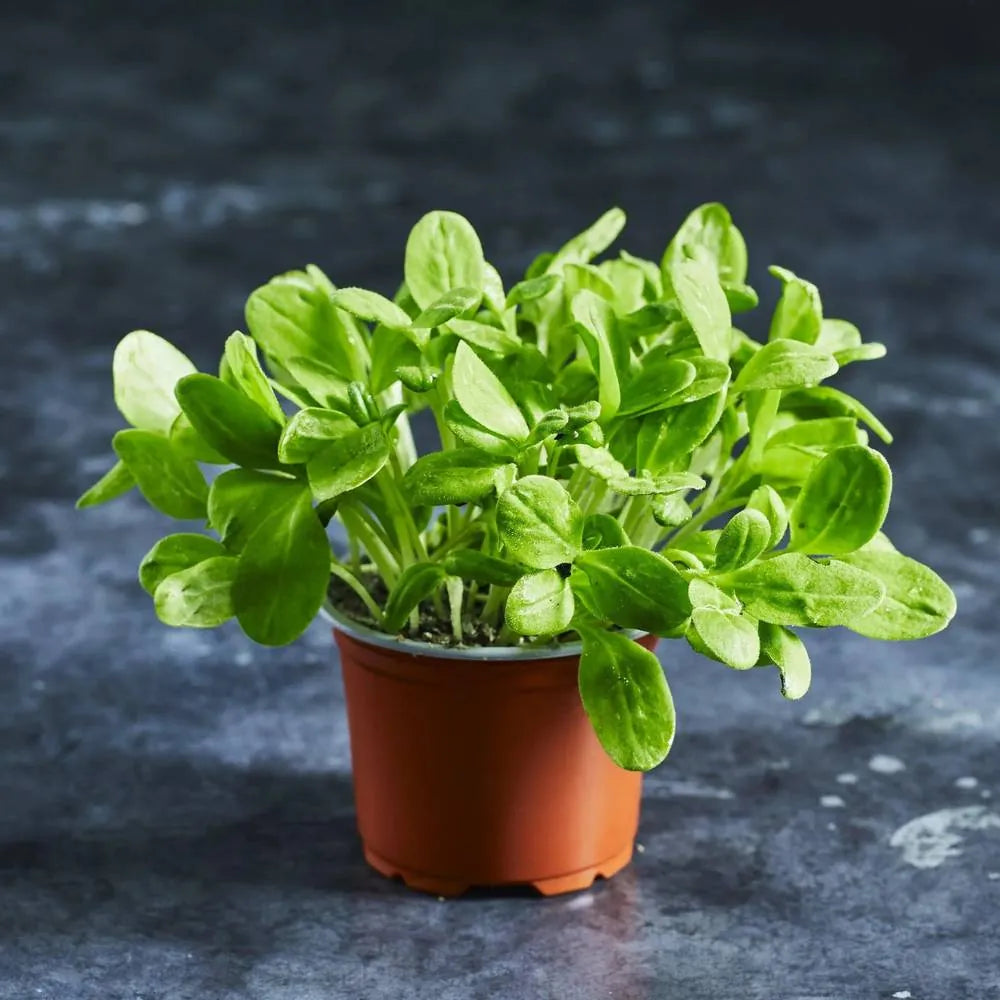Borage Seeds for Growing Microgreens bring a fresh twist to your indoor garden. Known as the “cucumber microgreen,” borage (Borago officinalis) delivers a crisp cucumber flavour with a subtle hint of rockmelon – refreshing, unique, and delicious. These microgreens also add a textural surprise, with their soft, slightly fuzzy stems and succulent bite.
Perfect for tossing into salads, layering on sandwiches, blending into smoothies, or garnishing soups, borage microgreens stand out on the plate. And if you let them grow on to full maturity, they’ll reward you with striking blue edible flowers and herb leaves – a dual-purpose seed with loads of versatility.
Explore more options in our Microgreens Seeds Collection our Edible Flower Seeds Collection for something new.
Live Rates – Weight & Destination Based
Shipping is automatically calculated at checkout based on your order’s weight and delivery address. We use real-time rates from Australia Post and other carriers to provide the most accurate cost.
Handling Time
Orders are packed and dispatched within 0–2 business days (Monday–Friday).
Estimated Delivery Time
Transit times depend on your location:
• Metro areas: usually 2–3 business days
• Regional/rural areas: 5–10 business days
• WA & TAS: may take longer due to state biosecurity inspections
Tracking
All orders include tracking. You’ll receive an email with your tracking link once your parcel has shipped.
Authority to Leave (ATL)
Couriers may leave parcels in a safe place if you are not home. Please provide delivery instructions at checkout if you prefer otherwise.
Pickup Option (Riverstone, NSW)
Please place your order on our website and select “Pick up” at checkout. Wait for us to contact you to confirm and arrange a pickup time. Do not come to our warehouse without an appointment — pickups are strictly by arrangement only. Allow 2–3 business days for preparation; we’ll notify you when your order is ready.
Biosecurity (WA & TAS)
Certain seeds are restricted under state biosecurity laws. Customers are responsible for ensuring products comply with local regulations. Please check with the WA Department of Primary Industries and Regional Development or the Tasmanian Department of Natural Resources and Environment before ordering.
For the full details, see our Shipping Policy.
No Change-of-Mind Returns
We do not accept returns or refunds for change-of-mind purchases.
No Exchanges
We do not accept product exchanges. All sales are final unless covered by Australian Consumer Law.
Your Rights Under Australian Consumer Law
Your ACL rights still apply. You’re entitled to a refund or replacement if your item is faulty, misdescribed, or incorrect. Please contact us within 7 days of delivery with your order number and photos if applicable. Once approved, we will provide a prepaid return label and process a refund or replacement. Refunds are issued to your original payment method within 10 business days.
90-Day Seed Germination Guarantee
If your seeds fail to germinate within 90 days of purchase, we will re-test the batch. If our test confirms poor germination, we will provide a refund or replacement. Seeds must be stored and used according to our instructions; please retain packaging or batch details if available.
For the full policy text you can also see our policy page at /policies/refund-policy.

